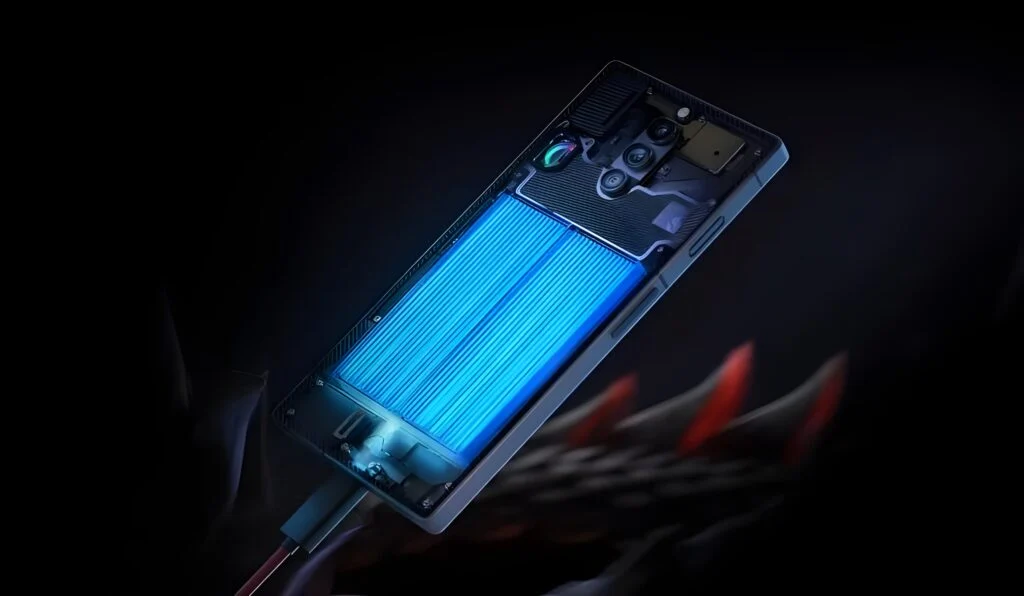Battery life has always been a limiting factor for smartphones. As devices became sleeker and more powerful, users were often forced to trade off battery capacity for design. But 2025 is changing that narrative, thanks to the rise of silicon-carbon battery technology, which is ushering in a new era of high-capacity smartphones without the bulk.
Bigger Batteries Are Going Mainstream
Today’s smartphones are breaking past the 6,000mAh mark, not just in rugged or low-end models, but across flagships, foldables, and mid-range devices. This shift is driven by silicon-carbon anodes, offering higher energy density and improved thermal performance, allowing manufacturers to deliver larger batteries in thinner, lighter phones.
Realme’s 10,000mAh Breakthrough
A standout example is Realme’s concept phone with a massive 10,000mAh battery, all packed into a surprisingly slim 8.5mm frame weighing just 212 grams. This feat is made possible by silicon-anode tech with 887Wh/L energy density, supported by Realme’s Mini Diamond Architecture — the world’s narrowest Android motherboard at just 23.4mm. It also features 100W fast charging and a triple cold press safety system to prevent swelling.
READ MORE: Punjab Shuts All Educational Institutions Till May 11 Amid National Concerns
Silicon-Carbon Tech: Industry-Wide Adoption
This innovation isn’t limited to Realme. Brands like Xiaomi have also jumped on board — its Redmi Turbo 4 Pro features a 7,550mAh battery, once unthinkable in a sleek, high-performance phone. Other OEMs such as Vivo, Oppo, iQOO, Infinix, and Realme are now integrating larger batteries (6,500–7,000mAh) even in slim mid-range and flagship models.
Foldables — especially flip-style phones — are also benefiting. Previously limited by tight internal layouts, many 2024 and 2025 flip phones now feature significantly larger batteries thanks to this tech.
Apple and Samsung Falling Behind
Despite these leaps, Apple and Samsung have yet to adopt silicon-carbon batteries. While they optimize battery life through software and custom chips, their actual battery capacities remain modest. With competitors pushing past 6,000mAh in thinner devices, pressure is building on the industry giants to evolve.
Why It Matters
This shift is more than just numbers. As smartphones handle heavier tasks — from AI processing to high-refresh displays and video editing — larger batteries are becoming essential. Silicon-carbon technology finally allows users to enjoy power and portability without compromise.
In 2025, battery size isn’t just a spec — it’s a game changer, and the race for all-day power is just getting started.



